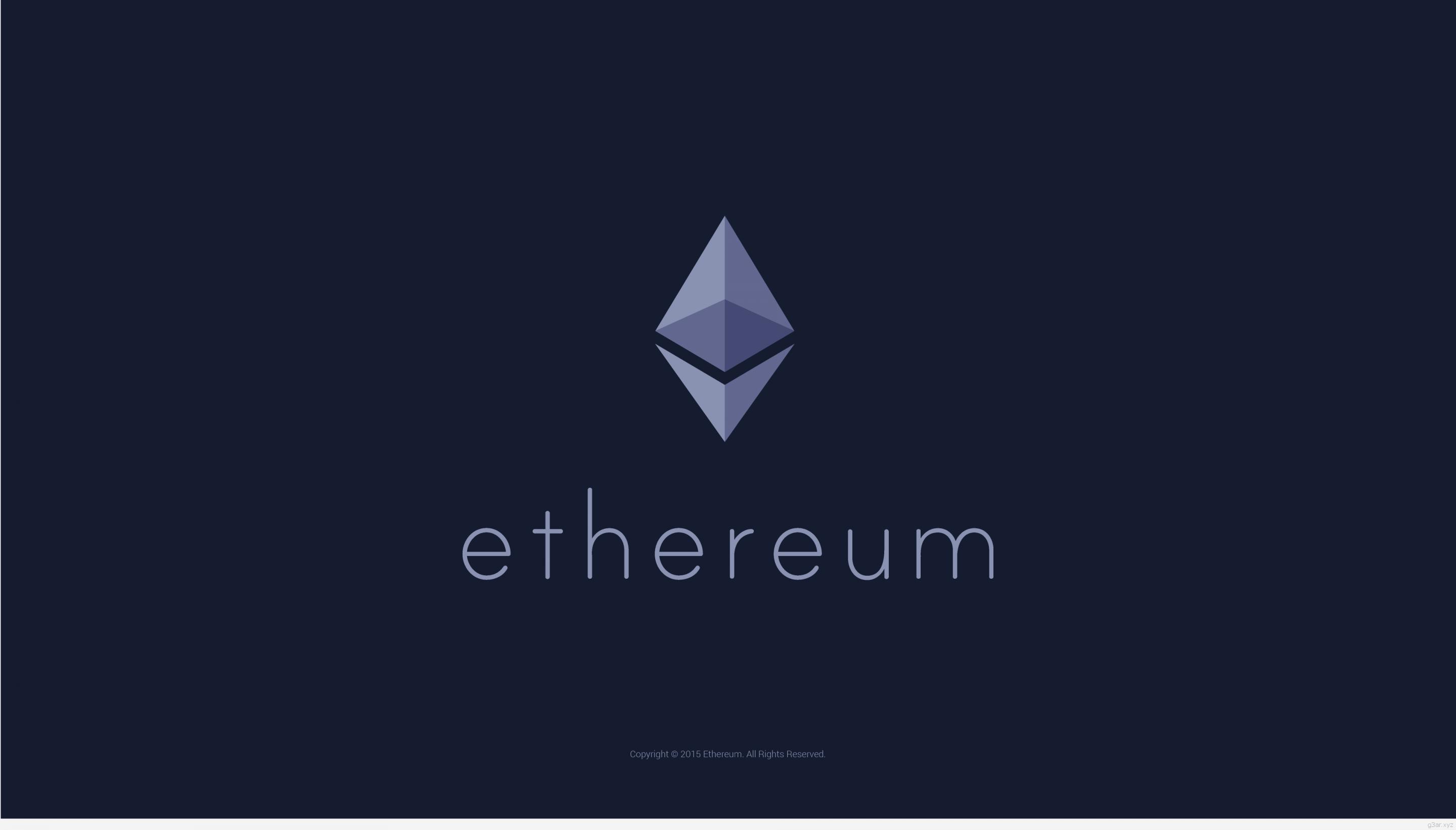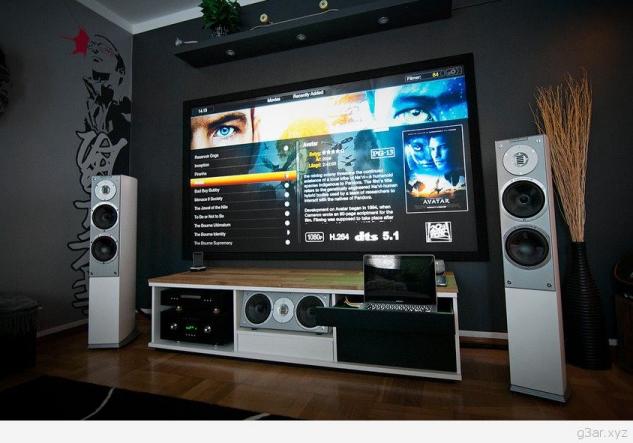If you have problems with one of the best file sharing app, read this detailed tutorial.
Installation
The first step to using DC++ is to actually download and install it. If you have already done this, you may skip ahead to the next section, Basic Settings.
Download
The DC++ setup file can be found at the DC++ web site located here . On the left side there are links to the current version of DC++. The one covered by this installation section is the "Installer" version.
Install
Run the setup file to begin installation. The installation consists of three main screens.
- License Agreement. Read the license, select the "I accept ..." box and then click on Next.
- Installation Options. This shows the components to be installed. It is highly recommended that you leave all the items selected. Click on "Next" to continue.
- Installation Folder: The location where DC++ is to be installed. This can be left at the default. Click on "Install" to begin the installation.
Once the installation has completed, you may now run DC++ from the Start menu.
Basic Settings
There are a few basic settings that need to be entered before you can use DC++. Some are essential whereas others are not, but in my opinion make things easier in the long run.
Personal Information
Location: Settings → Personal Information.
The only piece of information that is required here is Nick. This is the username you will use on DC++. This can be anything you want but avoid using characters that would be illegal in filenames, such as '*' or '/'. Entering a connection type is recommended. The other two fields, E-Mail and Description, are optional.
Connection Settings
Location: Settings → Connection Settings.
I highly recommend reading the Help file as it briefly explains what each of these settings means.
If you are behind a router or gateway, select Passive mode initially. You can switch to Active mode later by referring to the "Configuring Active Mode" section.
If you are directly connected to the Internet then leave Active mode selected.
If you are behind a SOCKS proxy, select SOCKS5 and enter the appropriate information.
If you unsure which applies to you, select Passive mode.
Download Directories
Location: Settings → Downloads → Directories.
Default Download Directory
Enter a folder where finished downloads should go. If left blank, it will default to a folder called Downloads in the main DC++ folder.
Unfinished Downloads Directory: Enter a folder where downloads should go while they are downloading. Once they have completed downloading, they will be moved to the folder specified above. If no folder is given here, it will default to a folder called Incomplete in the main DC++ folder.
Upload Slots
Location: Settings → Sharing → Upload Slots
File transfers in DC++ are based on slots. Each file being transferred takes up one slot. You need to open up a number of upload slots to gain access to hubs. The minimum needed will depend on the number of hubs you are connected to. Usually it is two slots per hub, though it will vary from hub to hub. Set it to 2 for the moment and remember to adjust it as you connect to more hubs.
Get a Public Hub List
A public hub list is, as the name suggests, a list of publicly available hubs. DC++ by default contains the address of a list at www.hublist.org. Most of the time this list works and can be accessed by clicking on the Public Hubs icon.
Configured Public Hub Lists
Click on the "Configure Public Hub Lists" button in the Settings → Downloads window to show the window above. Type the address into the text box at the top, click Add and then OK.
Once the list has been entered, open the public hub list to confirm that the list is working. The window should fill with hub information like this.
Sharing
Share Some Files
Settings → Sharing The spirit of DC++ is to share, so that's what this section is about - what to share (and what not to share!) as well as how to do it. Sharing is also essential to enable you to get into hubs and download anything.
What to Share
Anything you may have on your computer that you think others may find useful. Examples of such things may be audio files, video files, software, etc.
Think carefully about what you share. If it isn't something you would like to download yourself, then it's probably not worth sharing it.
Most hubs will have minimum share limits. This limit is usually in terms of x GiB of files. Some hubs have other specifications based on the type of hub. For example, some focus on audio files and others on video files or specific genres. Conversely, some hubs may disallow certain types of files. For example, a video hub may not want MP3s in your share.
The restrictions are all things that will not affect you until you attempt to join a hub, but you should bear them in mind. For the moment just share as much as you can.
What NOT to Share
Just as there are good things to share, there are also bad things that could get you banned from a hub.
-Universally Disapproved Files
The following list of items should never be shared under any circumstances as they are bound to get you into trouble:
- Windows directory
- Temp directory
- Browser cache
- Unfinished files (DC++ incompletes, Kazaa *.dat files, etc)
Depending on the Hub
The following is a list of items that are generally frowned upon but may be acceptable in some hubs:
- Pornography
- Raw media rips (WAV files, VOB files, etc)
- Installed applications/games
- Entire drives
Remember the rule of thumb: If you wouldn't want to download it yourself, don't share it.
How to share
Virtual folder name To add files to you share, click on the Add button and select a folder that contains files you wish to share. This folder does not have to be related to your DC++ folder in any way. You will be prompted to add a virtual file name. For now, you can leave this name as it is.
Once you click on OK, the hashing window will appear. This will be explained next. For the moment just click on Run in background.
When the folder has been added, the Total Size shown will update. Repeat this process with as many folders as you require. Note that DC++ will not allow you to share your Incomplete Downloads folder.
Hashing and Share Size
Once you have added some files to your share, you may notice an increase in the usage of system resources. This is caused by DC++ carrying out the process of "hashing". This is basically a way to uniquely identify each of your files. An example of the purpose of hashing is given here. You have already seen the hashing window which displays the current progress of hashing. You can show it again by going to View → Indexing progress.
If you feel that the hashing process is using excessive system resources, your system may not be optimally configured. Consult the "Tips" section of this FAQ entry.
The Share Size is the total size of the files you are sharing. This value is advertised by DC++ and will affect what hubs you can enter (more on that in the next section). Starting with version 0.4032, DC++ will accept shared folders but will not add them to the share (and therefore the advertised share size) until they have been hashed.
Connect to a Hub
Connection Methods
This can be done in one of three ways, with the first being the simplest and most informative to a new user.
Browsing the Public Hub List
Selecting a Hub in the Public Hub List
As you will be aware, the Public Hub list is a list of hubs made available to public users. Each entry in the list contains a hub name, description, number of current users and address. Take note of the hub description as it will usually show the minimum share required as well as other useful information.
The list can be filtered for a search term (eg. Linux) by entering it into the Filter box and pressing Enter. The full list can be seen again by clearing the Filter box and pressing Enter.
Once you have found a hub that you are interested in, right click on it and select Connect.
Manual Address Entry
Manually Entering a Hub Address If you know the address of a hub (either an IP address or a domain name) then this can be manually entered by going to File → Quick Connect. Type the address and click OK to connect.
dchub:// Link
DC Hubs can be addressed in a similar way to web addresses. They have the format dchub://some.hub.net. You may receive such a link in an email or on a web page, just like in the previous sentence. Simply click on the link to connect to the hub in DC++.
Note that handling of dchub:// addresses is not turned on by default and must therefore be enabled. This is discussed in the Advanced Usage section as well as information on different ways to use dchub:// addresses.
Once Connected
When you have attempted to connect to a new hub, a new window will open for the hub, similar to the one shown here. The tab at the bottom of the window will contain the hub name. You should see some welcome messages as well as the hub rules. Please read these rules and observe them. A list of users within the hub should also appear on the right hand side of the hub window.
If you have reached this point then you have successfully connected to the hub. If however you receive error messages, please refer to the troubleshooting section.
Begin Downloading
Now that you have shared some files and connected to a hub, you are ready to begin downloading. There are two ways to queue up files for downloading. The first is browsing the share of a particular user by downloading their file list. This is useful if you do not have a particular file in mind or want to download a large number of files from a particular user.
The second way is to use the search function. This is useful if you have a specific file in mind.
Note that a passive user cannot connect to or download from another passive user.
Browsing File Lists
To browse a user's file list, select a user from the list in the hub window and right click on their name. Select "Get file list" and the list should start downloading. Once the list has downloaded it will automatically open a new window with the users name on the tab at the bottom. The window will be split into two parts in a similar way to standard file navigation windows. The left hand contains the directory tree while the right hand contains the files and sub-directories. An example is shown here
To queue up a file for download, either double click on the file or right click on it and select Download. Multiple files can be queued up in a similar way. An entire directory can also be queued by right clicking on the directory and selecting Download. Note that the entire directory and its subdirectories will be added to your queue.
Using the Search Function
Queueing up a Download From Search Results. Click on the Search button to open the Search window, as shown here. Enter the name of the file you wish to search for. You can also narrow the search criteria by restricting the results by file size, file type and whether or not the user has any slots free. Once you click on Search, the window should show some results. Select one or more of the results and right click on them. Select Download to queue them up. Note that as long as the search window is open, you will continue to receive search results.
Congratulations
If you have read this far and successfully followed the instruction, congratulations. You now know the basics of using DC++. What has been described on this page is the bare minimum needed to use DC++. There are many other features, some of which are described in the Advanced Use section.
It is highly recommended that you explore the program. Press the buttons, select the menu items, see what can and can't be done. Most of all, enjoy yourself. Good luck and happy sharing.

Read more
Published on

Read more
Published on

Read more
Published on

Read more
Published on